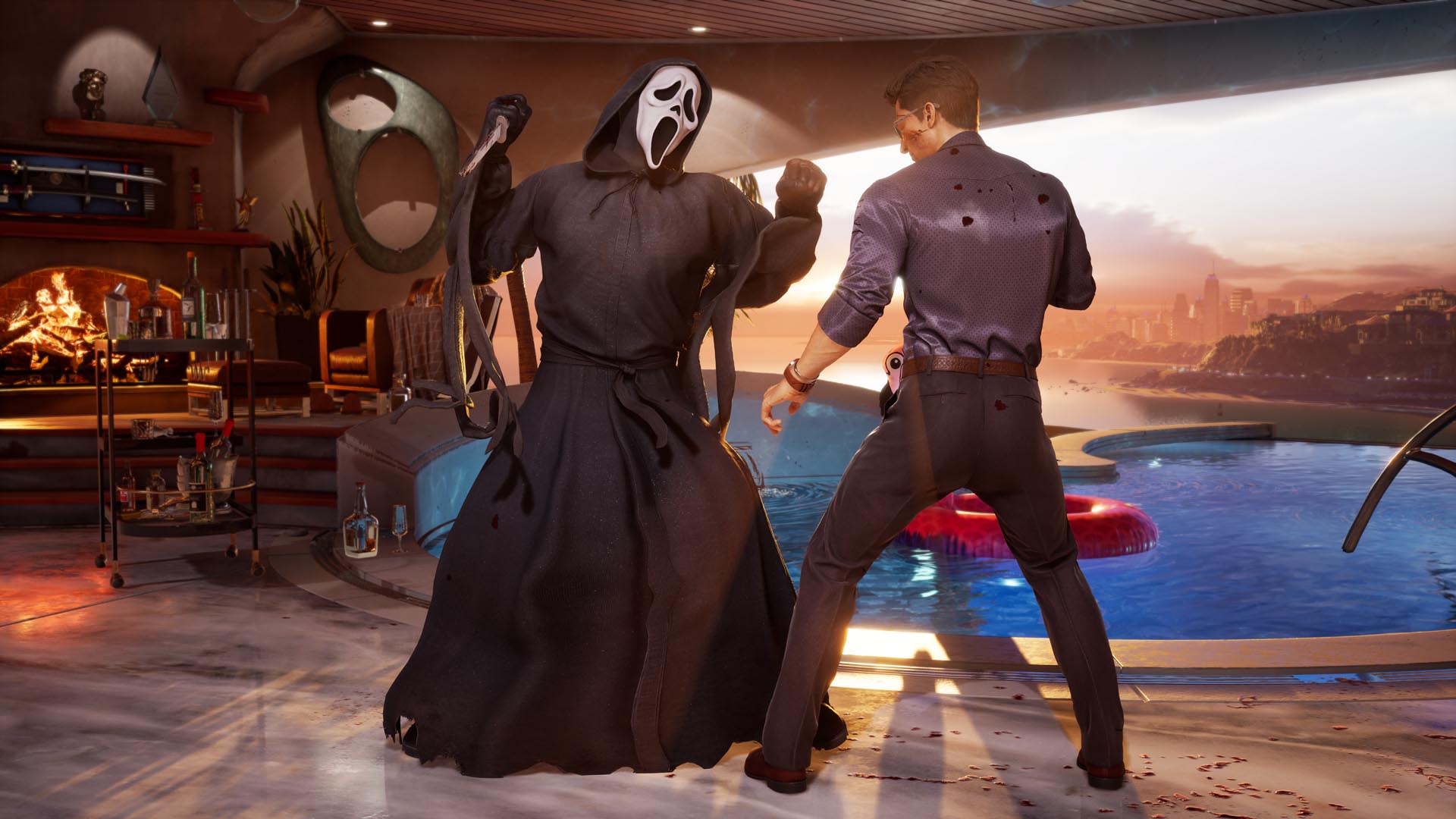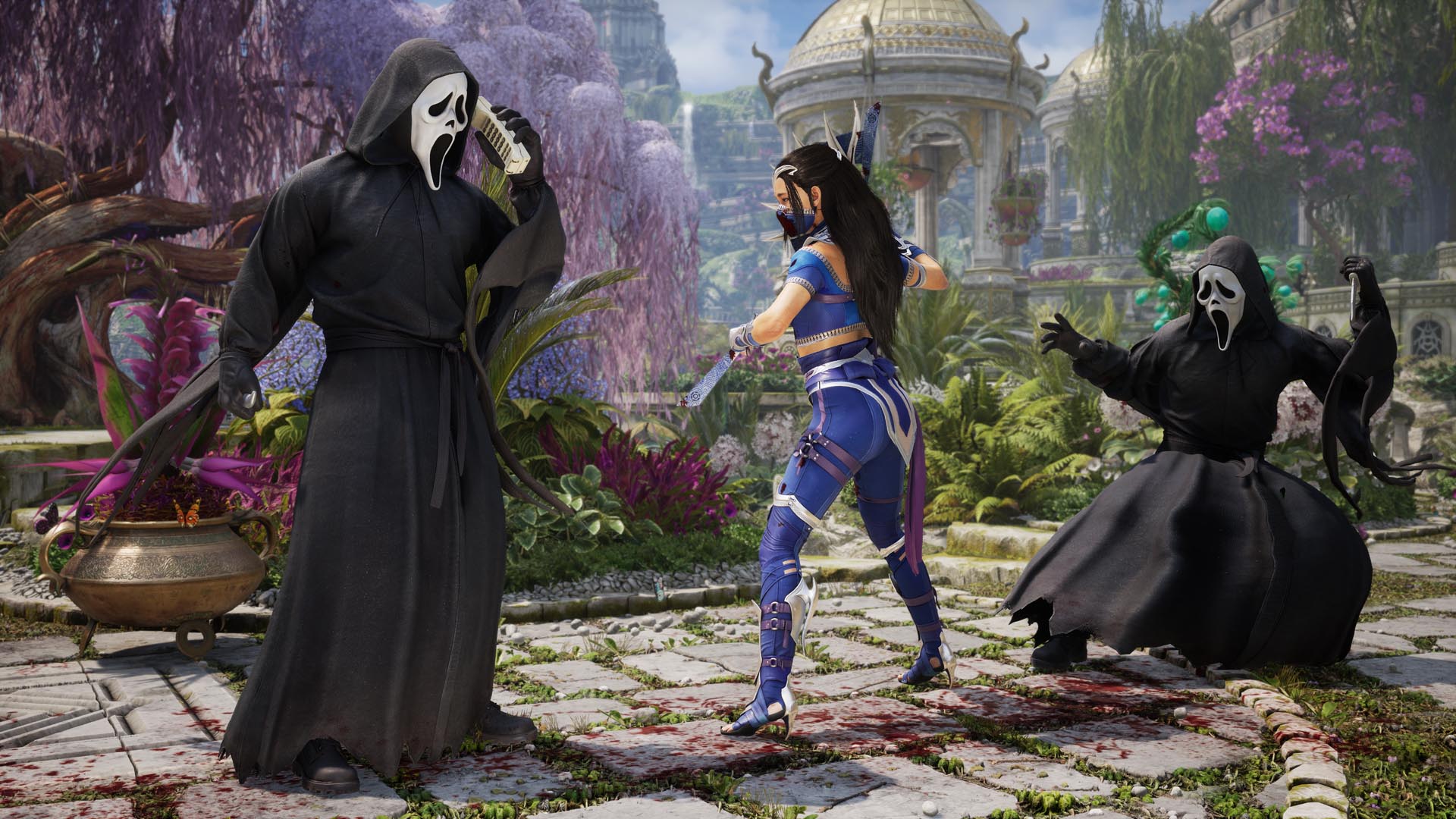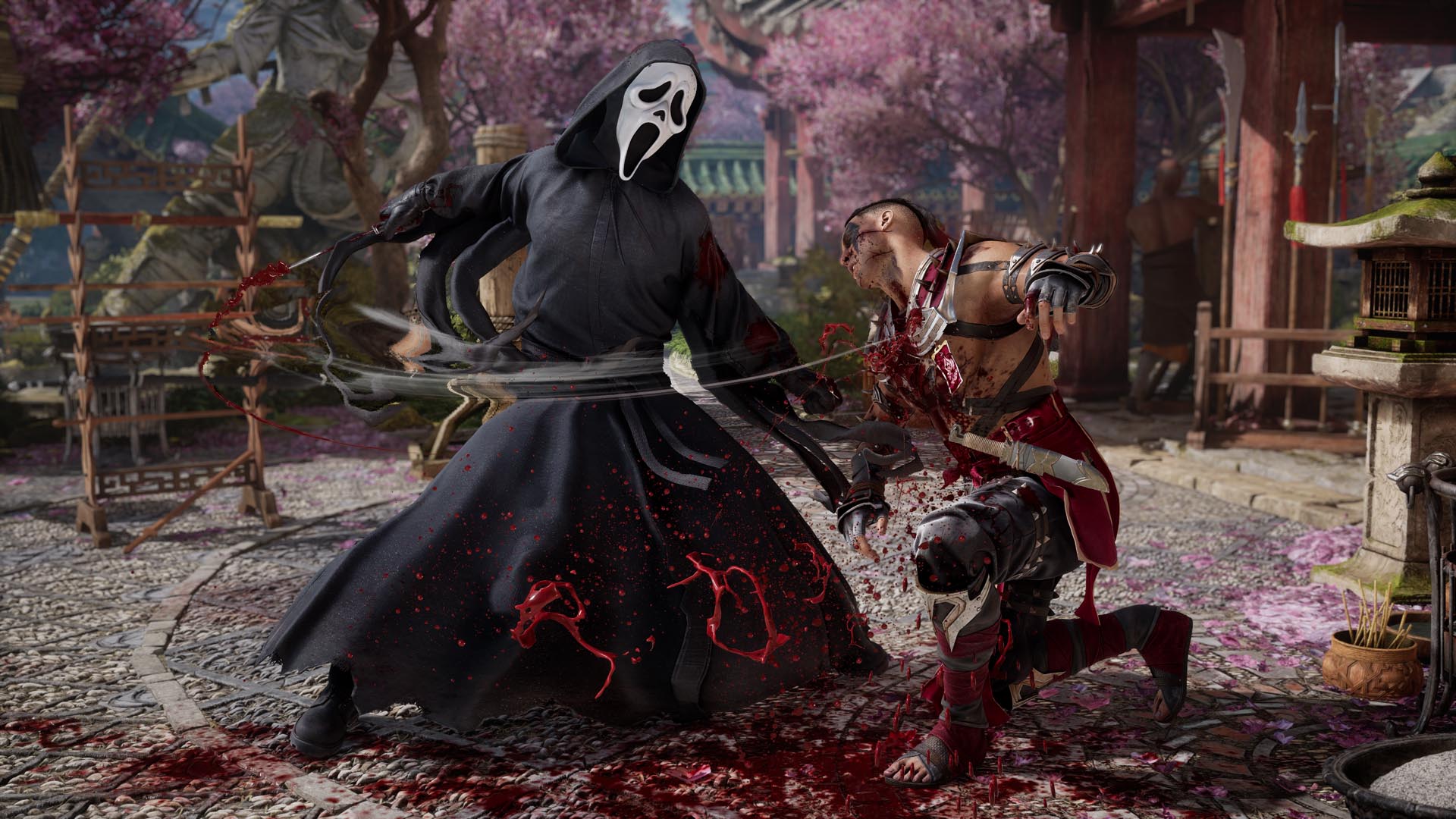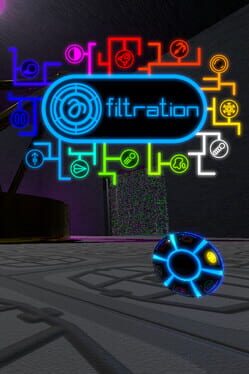The merging of pop culture and gaming continues to intrigue fans. The latest update for Mortal Kombat 1: Khaos Reigns introduces Ghostface from the Scream franchise. This addition promises a unique blend of horror elements and fighting mechanics that may delight horror enthusiasts and seasoned players.
Before we truly begin, a warning for movie fans! Although this article won’t spoil any specific events from the Scream franchise and certainly won’t reveal any killer identities, it is not entirely spoiler-free, as it’ll talk about traits that define Scream’s iconic recurring villain and how they influenced our design. If this is somehow your first exposure to this classic horror series, I highly recommend you watch Scream – it’s excellent!

Yes, Ghostface will join the Mortal Kombat 1: Khaos Reigns roster on November 26 (with early access beginning on November 19). So, who is Ghostface? Ghostface is an assumed identity used by a string of loosely related, vengeful, psychopathic murderers. Aside from being serial killers, other consistent traits include donning the iconic costume. At the same time, in the act and taunting victims through a voice modulator (and you’ll be pleased to know that Roger L. Jackson, the actor behind the voice in the films, is also the voice of Ghostface in Mortal Kombat 1: Khaos Reigns). When going for kills, Ghostface attacks physically, favoring hunting knives but sometimes using something opportunistic from their surroundings. It makes this classic killer a perfect Kombatant.
To represent the core Ghostface ethos, we crafted the character in Mortal Kombat 1 based mainly on the original ‘Scream,’ which revealed multiple killers behind the mask. Teamwork is their most lethal weapon, and how they’re able to achieve seemingly supernatural feats. Highlighting this was always intended to be a core aspect of bringing the character into our game.
Since the identity of Ghostface in the first ‘Scream’ film was that of two knife-wielding high schoolers, we kept core functions brawler and grappler-like. Paulo Garcia, Principal Designer at NetherRealm Studios, aimed to deliver perhaps the most throw-centered character in Mortal Kombat 1 far. It was grimly fun going through various ‘Scream’ films while finding cringe-inducing up-close stab flurries to reference when designing motion-capturing techniques for successful grab attacks.

Many other moves directly hearken back to various Ghostface appearances in movies, like sprinting maniacally toward intended victims with knives at hand or diving low for leg slashes. The character can Use special moves such as Backstage Pass to momentarily leave combat before reappearing unexpectedly on either side of opponents, an homage to traditional horror tropes where villains seem omnipresent.
A particularly intriguing feature involves calling upon alternate versions of Ghostface during combat through his Always Outnumbered special move using a retro cordless phone. This clever nod to ’90s aesthetics adds depth without significantly hindering gameplay flow.
This duality allows for exciting strategies during fights. Players can decide when it’s best to continue with their lead version or swap out depending on tactical needs against opponents’ play styles or weaknesses observed throughout bouts.

This dynamic approach not only provides variety but ensures each match feels fresh as players explore tactics around utilizing background characters effectively without creating an overwhelming experience, a promising balance between nostalgia for existing fans while still catering towards new entrants into franchise territory needing accessible entry points alongside engaging mechanics rather than convoluted gameplay setups resembling earlier iterations seen previously across series titles like Mortal Kombat X or XL editions released prior.

























